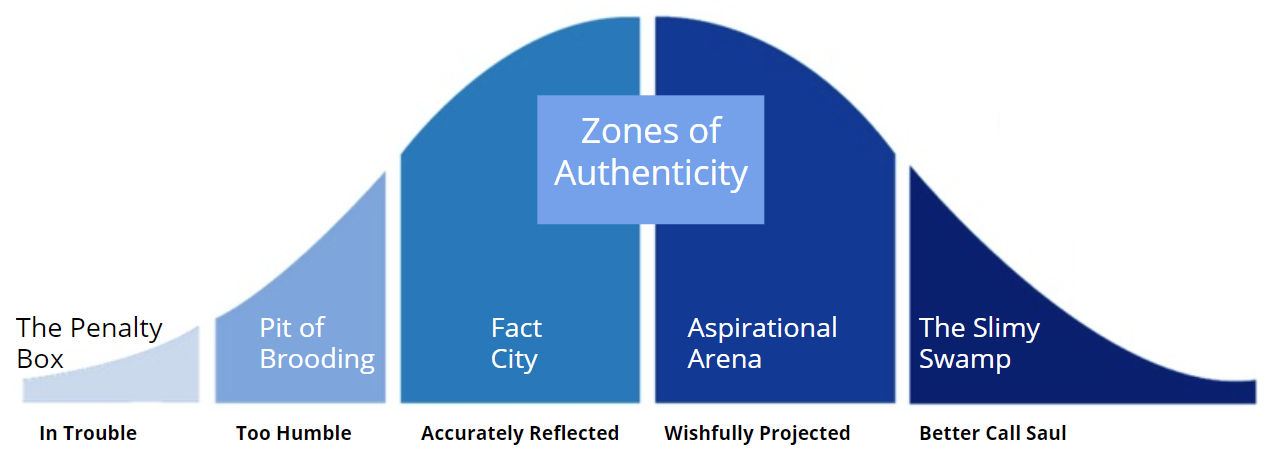Why CEOs Love a Healthy Brand
2 minute read
CEOs are often accused of focusing only on short-term results. The truth is the best CEOs are experts at balancing immediate needs with what must be done to achieve long-term goals. They present reliable results each quarter while building enduring business value.
A critical part of their work on long-term value is investing the time and money needed to create a healthy brand. Of all the things to focus on, why do smart CEOs put brand building high on their list?
Brands are Valuable Assets
One important reason is that a brand is an asset, just like others a CEO might build or buy for their business. Invest in the brand, do the work to support it over time, and any valuation of the business will take the brand into account. Investors recognize the banked goodwill and future opportunities a healthy brand provides.
This work to build the brand is so important to most CEOs, they don’t just budget for it, they make it a big part of how they spend their days. They run the business while also playing the role of Chief Brand Ambassador, representing the brand whenever and wherever they can.
The best at this — think John Legere when he was at T-Mobile — communicate key brand messages, use the brand’s tone and style, and even highlight distinctive brand assets. Not every CEO can pull off a pink t-shirt like Legere, but they will go far to rep their brand.
A Healthy Brand Provides Unexpected Benefits
These CEOs aren’t just after a valuation boost though. A healthy brand delivers a myriad of everyday operational advantages too. In competitive markets, these advantages can make the difference between becoming the category leader and getting stuck in a tailspin of declining market share.
When a brand is familiar and viewed favorably among important audiences, every part of the business benefits. Consider the shock absorbing effect a brand plays when a business hits a bump. Healthy brands get more leeway when there’s a problem with a product, a service isn’t delivered as expected, or a reputation crisis strikes. Healthy brands also attract great people, sharply reducing the costs to recruit and keep talent.
While those brand impacts are broader than many usually consider, the biggest benefits of a healthy brand are where most expect — in marketing and sales. Known brands with positive reputations produce a type of flywheel for a business.
Spinning The Brand Flywheel
Initial work to build the brand creates usage. Increased usage grows brand presence in store shelves, search engines, reviews sites and elsewhere. Positive customer experiences create favorable word of mouth. The increasing presence and growing positive buzz contribute to a self-reinforcing brand growth flywheel. And while there is great attention given to “customer experience” today, it is the brand that grows because of those experiences.
High brand recognition and positive reputation does more than increase sales volume. It also supports premium pricing. A brand may be positioned as a premium offering, or it may just be able to price higher than unknown and less trusted alternatives. Either way, the investment to get the brand flywheel spinning pays off with every purchase.
As the brand does its work in capturing new buyers, it also reduces the chance of buyer’s remorse and increases the odds of customer success. A buyer of a known brand has confidence they made a good decision. They will even bias their perceptions of the post-sale experience toward confirming that decision. And, when it’s time to purchase again or renew, unless a competitor can make a compelling case for change, that buyer is likely to simply repeat their purchase.
A New Opportunity To Grow Brand Health
CEOs love healthy brands because they know all these benefits accumulate and can determine which business wins in a competitive category. CEOs ensure that brand building is a large part of their marketing budget. They invest their time in representing and promoting their brand. Now that solutions like BrandOps make it as easy to track the broad measure of brand health as it is to track narrow NPS, do not be surprised if CEOs express their love for a healthy brand by shifting incentives currently tied to NPS to what matters even more — brand growth.


